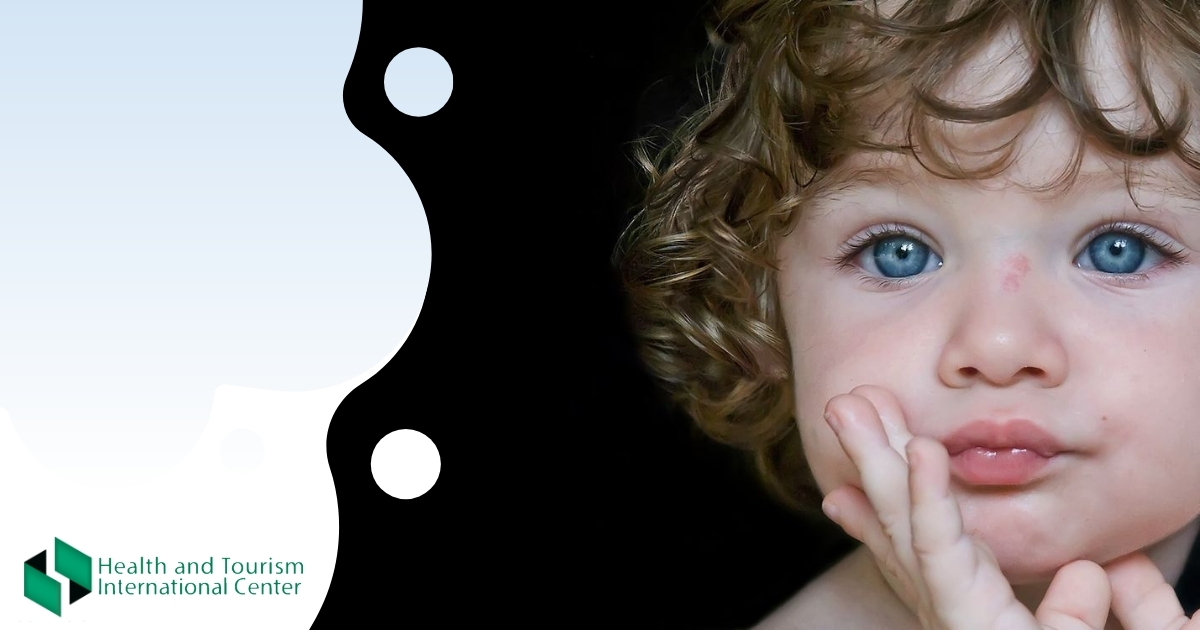What color will your child's eyes be?
Almost every parent is interested in this topic.
As you know, a gene controls the growth and development of every cell in the body. Genetics determines characteristics such as blood type, hair and eye color, height, and more. Genetics can be both visual characteristics and various pathologies or diseases. Remember that many personality traits are not only genetic but also environmental factors.
The article will tell directly about the color of the eyes, however, keep in mind that each organism is individual and cannot be 100% determined in advance.
Blue color
The rarest eye color in the world is blue, so we wouldn't be surprised if you have never met a person with this eye color in real life, or you know only a few of your large circle of acquaintances who have blue eyes.
The exact color of your baby’s eyes depends on how much melanin he produces.
Melanin is the pigment that colors the human body. Eye color depends on how much of it is stored in the iris.
Brown
The most common eye color in the world is brown. As we read in the article, the blue eye produces the lowest dose of melanin. The more green and the larger the brown eyes.
Will your baby have any chance of being born with blue eyes?
If either you, your partner, or anyone in your direct or second line of heredity (parents, grandparents, siblings, or aunts and uncles) has blue eyes, there is a chance that your baby could.
If you and your partner have brown eyes
Generally, darker colors dominate so a person with one brown-eyed gene and one blue-eyed gene will have brown eyes.
The only way to present blue eyes is to inherit two copies of the blue-eyed gene.
However, brown-eyed parents can pass a recessive blue-eyed gene. Therefore, two brown-eyed partners can birth a blue-eyed baby.
Compare eye colors
This chart will give you some idea of your child's possible eye color.
Here are the possibilities:
- Blue eyes + blue eyes = 100% chance of blue eyes
- Brown eyes + blue eyes = 50% chance of blue eyes, but only if the brown-eyed parent carries a blue-eyed gene. If not, the chance is 0%
- Brown eyes + brown eyes = 25%, but only if both parents carry the blue-eyed gene. If not, the chance is 0%
Human eye color formation is a complex genetic process. The article provides a comparison of just a few examples and, of course, eyes of different colors, honey, blue, green, black.
Also keep in mind that a newborn may be born with blue eyes, but within 1-2 years after birth, the baby's eye color will fade.
Source:

